This article is part of a new guide to Venice from FT Globetrotter
Sitting in the leafy courtyard of a quaint hotel in central Venice, I overhear a conversation at a nearby table. A young couple from abroad are having a private wine tasting with a local sommelier. It’s their first time in Venice, they say, and they’re “into food”. The sommelier introduces the wines, mentioning that one is produced “on an island of the northern Lagoon”. “Wait, what’s ‘the Lagoon’?” one of them asks. Ah, I think. I hope no one’s in a rush.
As one of Europe’s most extensive wetlands, the Venice Lagoon is intrinsically bound to the destiny of the city at its centre. This interdependence is outlined by Unesco, which granted World Heritage Site status to both: “Venice and its lagoon landscape is the result of a dynamic process which illustrates the interaction between people and the ecosystem of their natural environment over time.”
Venice overwhelmingly owes its existence to the inventive exploitation of its swampy surroundings throughout history. The aquatic landscape of the Lagoon, once understood and governed, offered the early settlers of the marshlands and their descendants a variety of perks, not least abundant sustenance, enhanced by the crucial presence of salt. Fish, game, and wild edible flora formed the basis of the local diet, supplemented with cultivated vegetables and fruits. Later, trading activities with the Mediterranean region, the Middle East and the Far East introduced exotic ingredients such as spices and nuts, whereas grains — corn, rice and eventually wheat — entered the city from the fertile fields of the Po Plain. The resulting cuisine is a synthesis of land and water, urban and rural, local and foreign.

Back in the Lagoon, the Serenissima had a clear system for organising life on the more than 100 islands that constituted the Venetian archipelago, based on vocation and position. Some islands became monasteries, others quarantine facilities and others proto-industrial hubs. The most fertile and naturally rich islands, such Burano, Torcello, Mazzorbo and Sant’Erasmo, grew into dynamic fishing and agricultural centres. Each produced a wealth of culinary subcultures that are still present, largely unaltered, on today’s tables.
What has changed is the environment: overfishing practices, rising water temperatures, the invasion of alien species and increasing salinity levels in the soil are altering the spectrum of what can be farmed and fished, shifting the perception of what is considered local and traditional.
As a result, creating a guide to Venetian cuisine that reflects its timelessness and cultural heritage while also being attuned to its contemporary changes is an interesting challenge. Here, I chose three key ingredients — eel, mallard and artichokes — with each serving as a doorway into a slice of Venetian history, geography and food culture from past to present, while also providing an opportunity to explore lesser-known flavours within this ever-changing and often-simplified liminal territory.
Eel
For centuries, the Venice Lagoon was a particularly favourable habitat for eels, given the abundance of food and the relatively calm environment. Fortunately, Venetians have long had a fondness for them and invented some extraordinary ways to cook eel. One of the oldest recipes hails from Murano, the island famous for its glass-blowing tradition. With the locals embracing a “waste not, want not” attitude, the furnaces used for glassmaking would often double as cooking ovens. Bisato sull’ara, as the dish is called, was made by placing pieces of eel and a host of bay leaves inside a clay pot and leaving it for hours to cook in a cooling glass furnace.

Today, it’s nearly impossible to taste this dish in its original form. Not just because glass furnaces cannot be used as health and safety-approved cooking facilities, but also because eel is now much rarer in the Lagoon due to overfishing and climate change. “There have been restrictions put in place on fishing for eels,” Domenico Rossi, a fisherman from Burano, told me. “This year, for example, it was forbidden to fish for them from January to June. This is because there are so few of them, and they want to ensure that any repopulation programmes in the rivers have time to take effect. And then, even when the season is right, there just aren’t many to catch.” Most eels found at the market these days are reared in the valleys of Comacchio, further down the Adriatic.
Tastes have changed, too. Fewer people, local or otherwise, seem to appreciate eel. This is confirmed by empirical evidence: as I searched for restaurants in Murano offering not just bisato sull’ara, but any eel-based dish, I was met with a “Sorry, no”. “We wanted to update our offering,” said a restaurateur at a contemporary osteria near Murano Colonna, while the owner of a very traditional restaurant nearby said: “It’s a hard sell, so we decided to favour other species.” Back in central Venice, however, a handful of restaurants still stubbornly serve eel, mostly chargrilled so as to reduce the natural oiliness and add some beneficial smokiness to its rich white meat.
Vini da Gigio
Calle Stua Cannaregio 3628A, 30121 Venice


This cosy, family-run place in the Cannaregio district is the perfect go-to for all things traditional, including eel. “What we serve is a reflection of what we like to eat,” said Nicolò Lazzari, the restaurant manager and son of the owner, Paolo. “Eel is something we enjoy very much and we like making it available to anyone who wants to try it. That is, whenever the season is right — we only source local eel. We serve it smoked and grilled alongside polenta, and our guests love it.” Website; Directions
Osteria Giorgione da Masa
Calle Larga dei Proverbi 4582/A, 30121 Venice
Masahiro Homma, the Japanese chef at the head of Osteria Giorgione da Masa, in Cannaregio, has a knack for creating original dishes that blend Japanese and Venetian flavours, ingredients and techniques. On his menu, eel is a year-round feature in his signature and much-loved eel cirashi, where a base of sushi rice is topped with amiyaki-grilled eel glazed with concentrated soy sauce. Website; Directions
Wild duck (mallard)

When it comes to Venetian cuisine, one instinctively thinks of fish dishes. However, the Lagoon ecosystem provides an ideal environment for another protein that has been a favourite since the time of the Doges: wild duck. In the past, fishermen would pick up a rifle the moment fishing paused, with the marshlands doubling as hunting grounds. Today, the vast majority of “fishing valleys” in the northern Lagoon are used less for rearing fish and more for hunting feathered game, or selvadego in the local idiom.
Among the many species populating the Lagoon, wild duck (mallard) or masorin is perhaps the most widespread and appreciated. They are so numerous that they are categorised as being of “Least Concern” on the International Union for Conservation of Nature’s list of threatened species, and it’s not uncommon to see them in their thousands flying above the serpentine landscape of the barene, the marshland islands. Even though they are present year round, the best time to hunt duck is in the autumn and winter, which, incidentally, is also the best time to enjoy them in a ragù sauce scented with hints of cinnamon and orange. This intensely flavoured condiment is used to season pasta such as bigoli (thick fresh spaghetti from the Veneto region), tagliatelle or, more typically, potato gnocchi.
Villa 600
Fondamenta dei Borgognoni 12, 30100 Venice


Opposite the celebrated Locanda Cipriani, set at the centre of a peaceful garden on the island of Torcello, is this elegant restaurant that recently gained fame precisely for its wild-duck gnocchi. Stanley Tucci prepared the dish and ate it here after a Hemingway-esque hunting session across the marshlands in the Venice episode of his TV series, Searching for Italy. Villa 600 is possibly one of the best places to try this dish, though everything else on the menu is just as tasty. Website; Directions
Trattoria Alla Maddalena
Fondamenta di Santa Caterina 7b, 30142 Venice
Set in an unassuming house facing the tranquil waters of Canale di Mazzorbo, this family-run trattoria offers traditional seafood dishes and, in season, some of the most delightful wild-duck primi. Choose between fresh tagliatelle ribbons or pillowy gnocchi, topped with a generous ladleful of dark, shiny ragù. In good weather, sitting on the waterfront or under the leafy pergola is a treat. Website; Directions
Violet artichokes


Setting foot on Sant’Erasmo after a 30-minute vaporetto ride feels like landing in a parallel universe of open fields, vineyards, sputtering Piaggio tricycles, sparse inhabitants and little else. Sant’Erasmo is the Lagoon’s largest island and also one of the most fertile, serving as the garden of Venice since the 16th century. Over time, this generous strip of land, located at the edge of the Lagoon, showed a special talent for producing flavoursome vegetables, particularly artichokes of the prized, tulip-shaped variety called carciofo violetto (violet artichoke).
Today, the carciofo violetto di Sant’Erasmo is grown under strict regulations dictated by the local consortium of producers. Among them is Fiorella “Cosetta” Enzo, who is at the helm of her family farm, I Sapori di Sant’Erasmo. “It’s not the plant that is unique,” she told me when I asked her why these artichokes are so much tastier. “Anyone could take this variety and try to grow it elsewhere. But only here have these plants found this soil — with clay and salt in perfect proportions. It’s the soil that creates the plant; this is how the plant becomes one of a kind.”

The artichoke plant is generous, both in yield and in versatility. Flowers grow year round and offer different characteristics depending on when they’re harvested. Production starts in mid-April with the main head, castraura, the most precious and tender and often eaten raw, followed by botoi and massete, which are typically braised. The remaining artichokes, larger and more fibrous, will become fondi (bottoms) by the end of season.
In May, visitors from all over the region pour into Forte Massimiliano for the Sagra del Carciofo (artichoke fair). They queue patiently to taste this exceptional treat at its prime, prepared in all manner of ways, from braised to raw, thinly sliced and topped with Grana Padano.
During the spring months, violet artichokes also make a show-stopping appearance at the market and on the menus of all the restaurants worth your while, from fine-dining establishments to frugal osterie, all the way down to the convivial bàcari (small bars) and their array of cicchetti. Some of them might even be part of the commendable Osti in Orto project, in which a group of restaurateurs joined forces to rehabilitate a farm on Sant’Erasmo, growing fresh produce — including artichokes — for their restaurant kitchens. Here, they make for springy antipasti, primi and main courses, in which the precious thistle is paired with anything from prawns, as at Antiche Carampane, to bottarga, as at Trattoria Anzolo Raffaele, where owner Luigi Secchi has a passion for sprucing up Venetian ingredients with touches from his native Sardinia.
Other chefs also make preserves and liqueurs with them. This is the case for Silvia Rozas, chef of Birraria La Corte, a contemporary pizzeria in Campo San Polo; Bacàn, a Latin-American restaurant; and the newly opened Salso, a Lagoon-inspired, water-facing eatery on the island of Certosa. Rozas says: “We usually harvest the artichoke buds when the season starts in April, and we preserve them so that we can use them in the following months — especially for pizza.”
She adds: “We also make use of the trimmings to make our house amaro, which, in addition to artichokes, contains samphire, dill, rosemary, thyme, cinnamon, pepper, cinchona, gentian, anise, and a citrus syrup. We serve it as our house aperitif with Angostura tonic.”
Tell us about your favourite Venetian dishes and restaurants in the comments below. And follow FT Globetrotter on Instagram at @FTGlobetrotter
Cities with the FT

FT Globetrotter, our insider guides to some of the world’s greatest cities, offers expert advice on eating and drinking, exercise, art and culture — and much more
Find us in Venice, Paris, Rome, London, Tokyo, New York, Frankfurt, Singapore, Hong Kong, Miami, Toronto, Madrid, Melbourne, Copenhagen, Zürich, Milan, Vancouver and Edinburgh

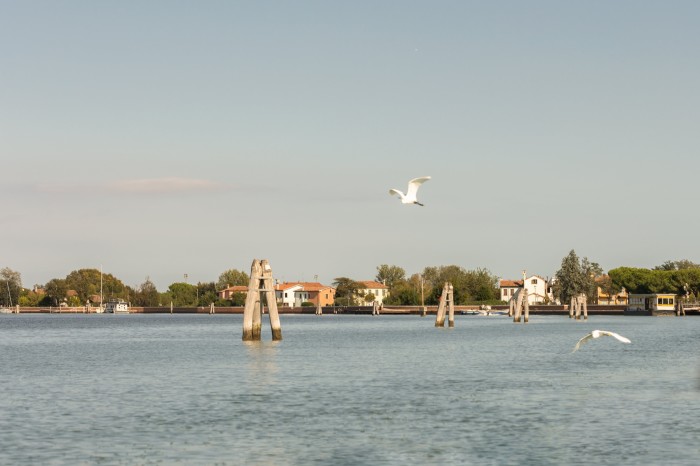





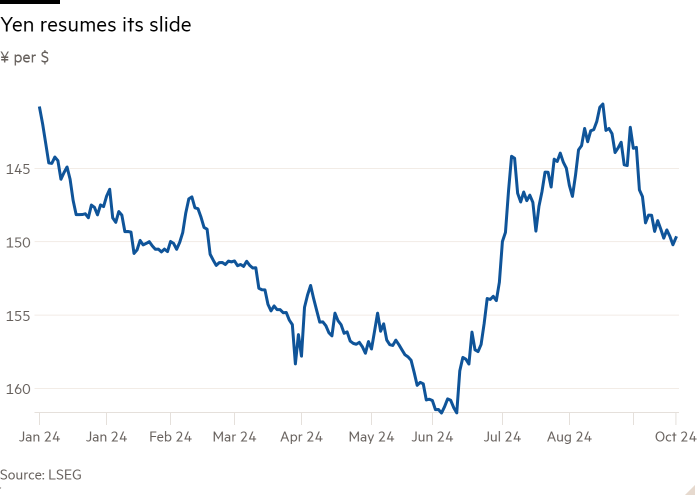

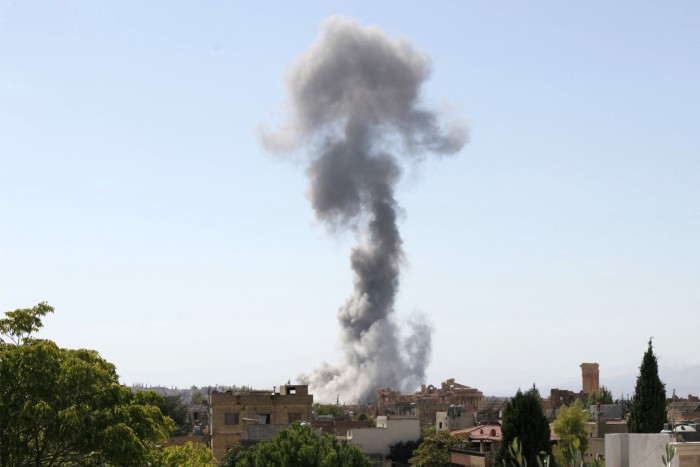
















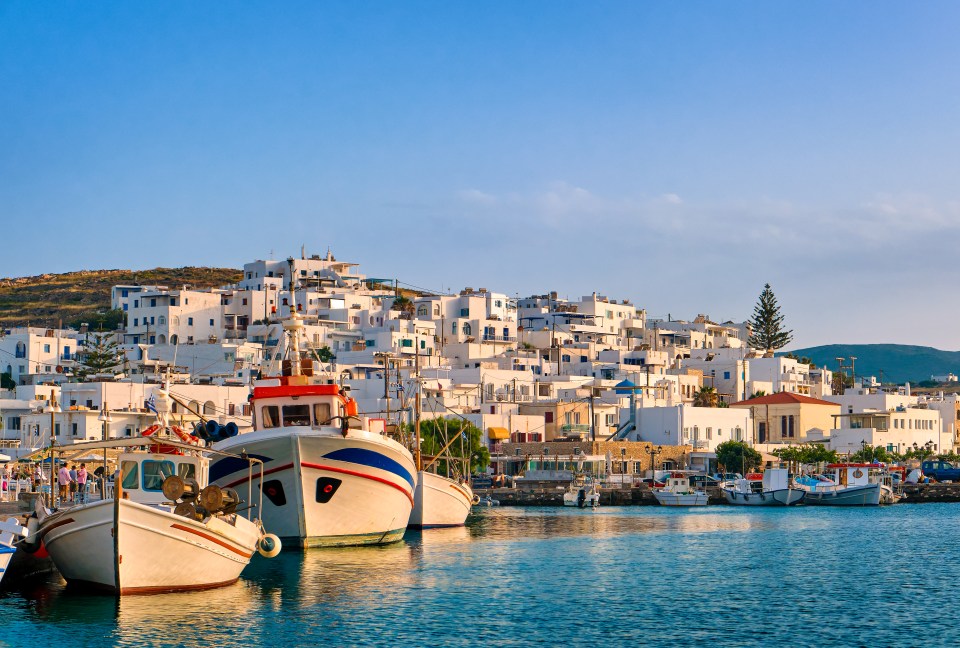
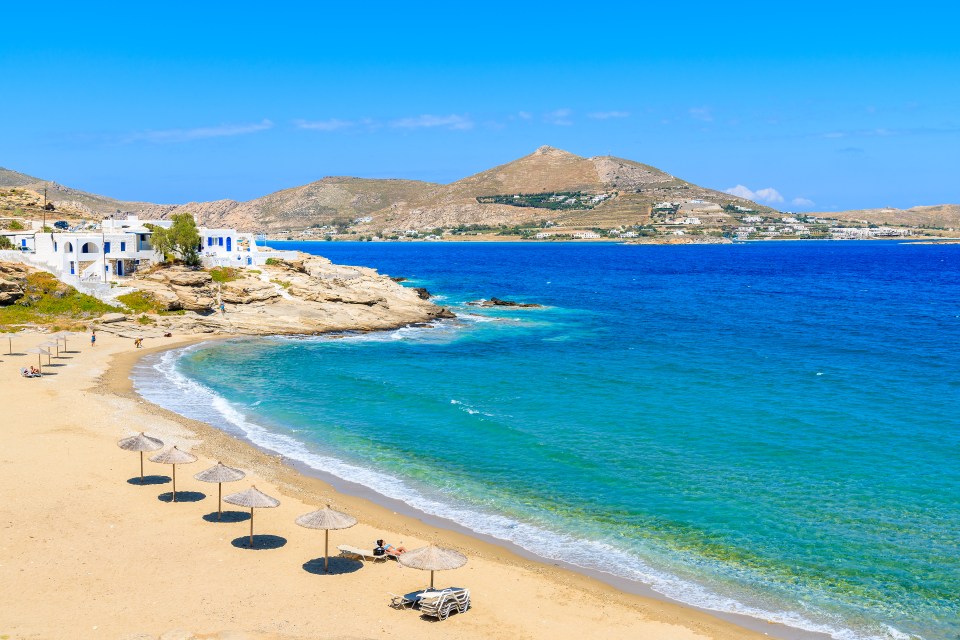
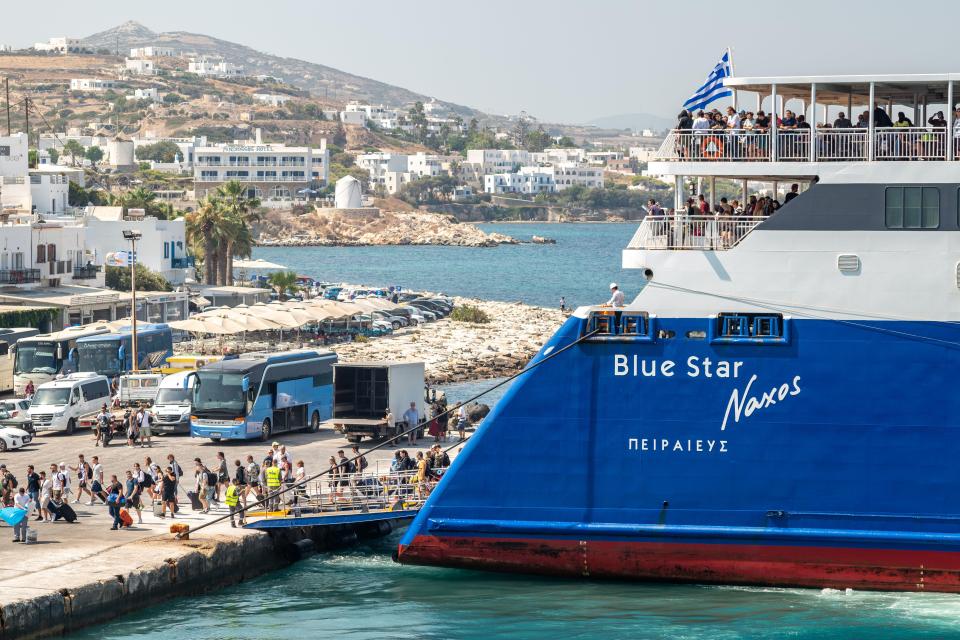
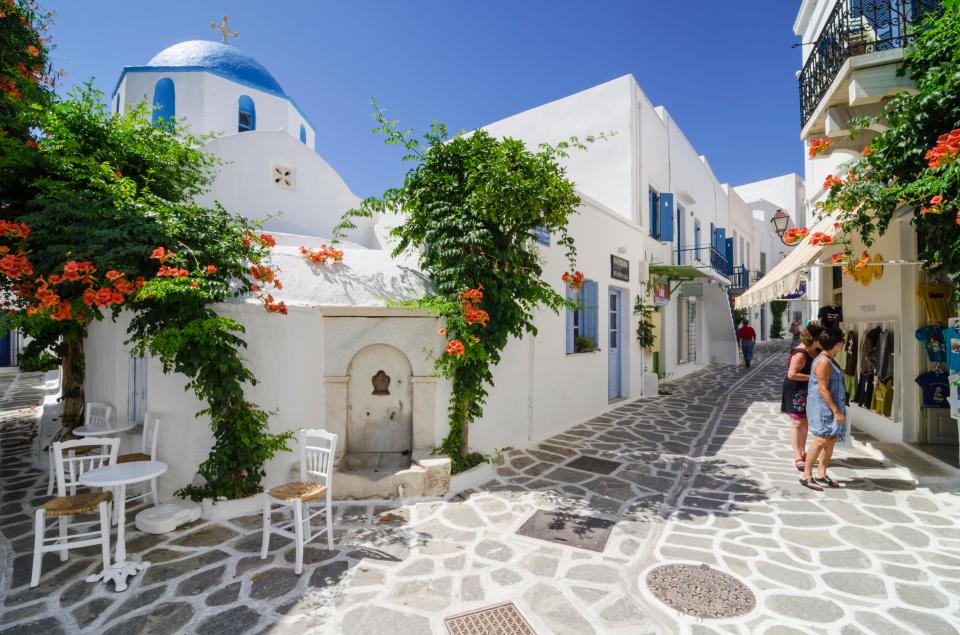















































































































































You must be logged in to post a comment Login